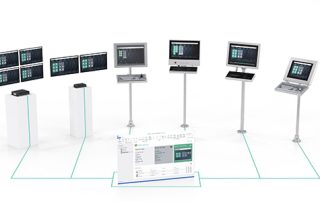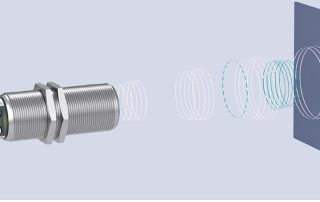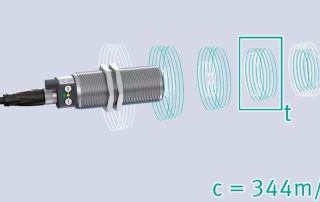We are pleased to welcome you to our blog. Here you will find useful information, applications, and guidance on the topics of automation, industrial sensors, and explosion protection.

Welcome to our blog. Here you will find current articles on the topics of industrial automation and sensor technology.
What Are Industrial Thin Clients? Part 1/2—How It Works
Explosive atmospheres, harsh environments, extreme temperatures—the process industry places unique demands on the people and technology working in the sector. This also applies to thin clients, as they are known in office applications. Unlike traditional PCs, thin clients run applications on remote servers rather than on the local hardware, and only transmit image information and user inputs over the network.
Ultrasonic Sensor FAQ: Synchronization and Common Mode
In this blog article, we explain what needs to be considered when installing multiple ultrasonic sensors and how to prevent potential switching faults by synchronization.
Ultrasonic Sensor FAQ: Mounting Tips
To avoid incorrect measurement results of your ultrasonic sensor in the plant, we answer some frequently asked customer questions regarding mounting.
Ultrasonic Sensor FAQ: Detection Range and Accuracy
To choose the right ultrasonic sensor for a particular application, it is necessary to determine which factors affect the detection range and accuracy of ultrasonic sensors and how incorrect measurements can be corrected.
Ultrasonic Sensor FAQ: External Influences on Sensor Operation
How do temperature, rain, and other external factors influence the performance of ultrasonic sensors? Read the blog article below to find out how ultrasonic sensors from Pepperl+Fuchs handle extreme conditions.
Ultrasonic Sensor FAQ: Differences between Diffuse Mode Sensor, Retroreflective Sensor, and Thru-Beam Sensor
Different operating modes can be achieved with ultrasonic sensors with switching output by appropriate construction and configuration. Learn more in this blog article about how diffuse mode sensors, retroreflective sensors, and ultrasonic thru-beam sensors work.
Subscribe to our newsletter and receive regularly news and interesting information around the world of automation.





